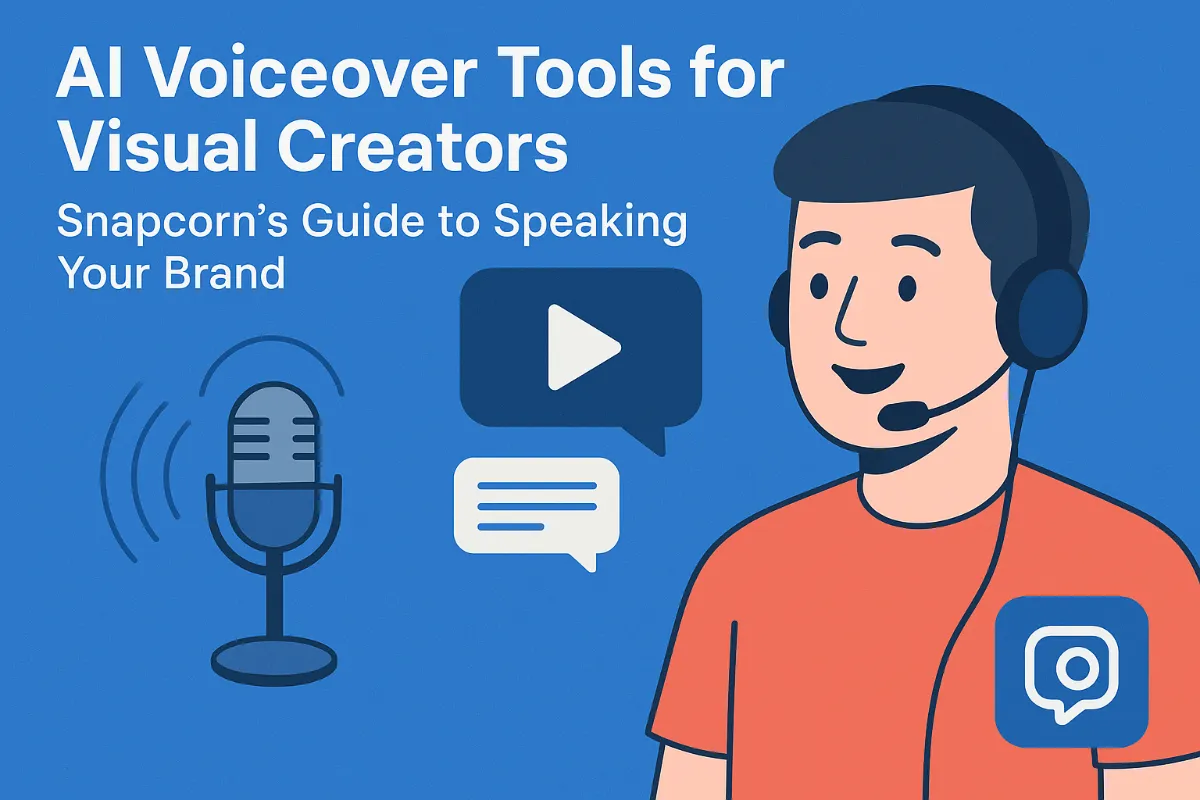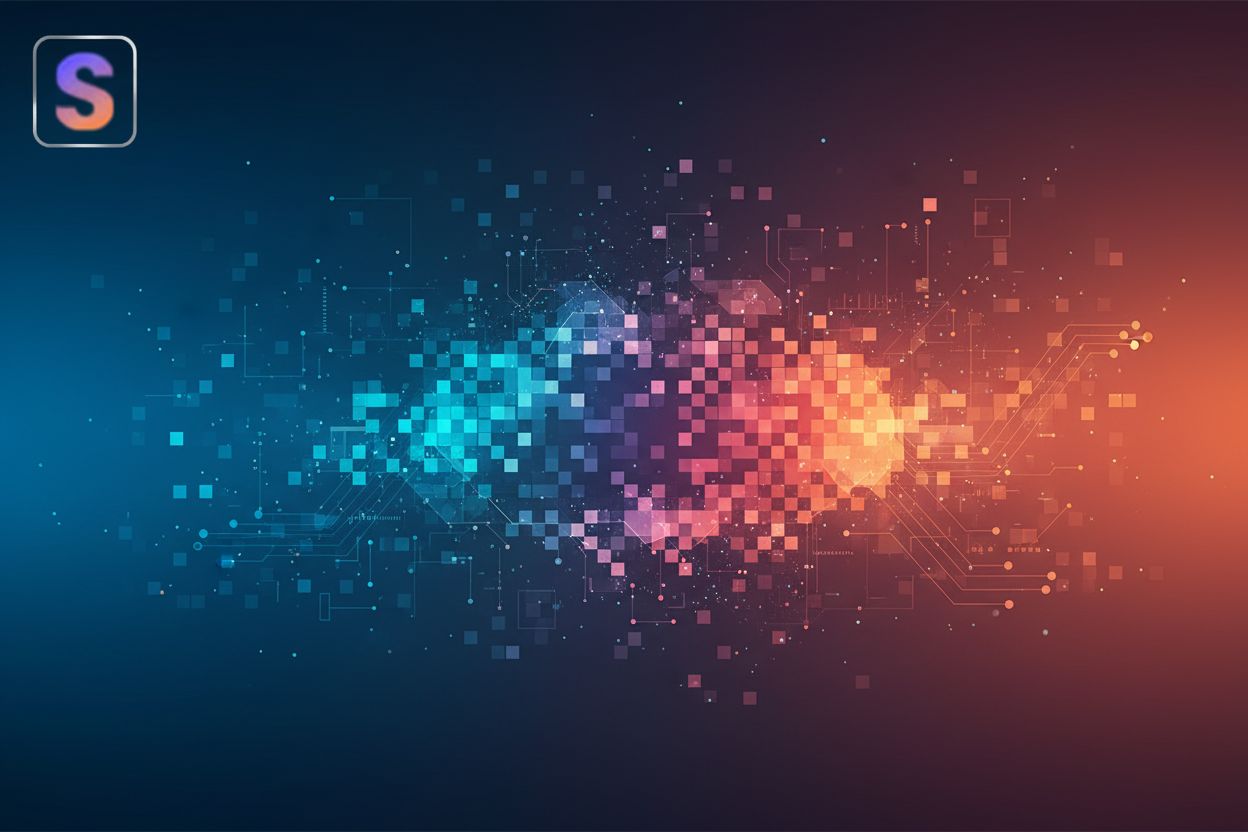AI Tools and Workflows for Image Auto Color Correction
TL;DR
Understanding the Basics of Image Color Correction
Ever wondered why some photos just pop while others, well, don't? It's often down to color correction. Think of it like the unsung hero of photography.
- Color correction sets the mood. Bright, warm colors evoke happiness; cooler tones, a sense of calm. It's about setting the right emotional tone for your image.
- It's about accuracy and artistry. You want true-to-life colors but also the creative freedom to enhance them. This means getting the white balance right so whites look white, adjusting exposure so details aren't lost in shadows or blown out in highlights, and controlling saturation to make colors vibrant without being garish. Contrast plays a big role too, defining the difference between light and dark areas.
- Consistency is key. A series of photos should have a cohesive look, especially important in e-commerce.
Basically, it's ensuring your images not only look good but also tell the story you want. Now, let's see how ai changes things.
Top AI Tools for Automatic Color Correction
Okay, so we've talked about the basics, and now let's dive into some specific ai tools that can auto-correct your image colors. It's pretty wild how far things have come, right? These tools leverage artificial intelligence to make complex adjustments with just a click or two.
Snapcorn ai, it's actually pretty neat. They offer a few features, like image colorization (which adds color to black and white photos) and image restoration (which can fix damaged or faded images), but it's their one-click color correction that’s a real time-saver. I mean, who has hours to spend tweaking hues?
It's dead simple; you just upload your photo, and Snapcorn does it thing. Boom, colors are (usually) looking way better. (Five Essential Background Removal Tools for Crafting - Snapcorn)
This is perfect for photographers who need to churn through a bunch of photos fast, or even for someone running a small e-commerce shop and, you know, doesn't have a ton of budget for fancy editing software.
Think about a real estate agent snapping dozens of photos of a property. Snapcorn could quickly balance the colors, making the listing photos way more appealing, and get them online fast.
It really boils down to speed and ease of use. It's not going to replace a professional retoucher, but for quick fixes? yeah, it's pretty solid.
There are other ai players out there too, of course. You got the big guys like Adobe Sensei baked into their Creative Suite, and then there's stuff like Luminar ai. They all kinda promise the same thing: ai-powered magic to make your photos look amazing.
Adobe Sensei uses ai for intelligent adjustments like auto-tone and auto-color, helping to automatically balance exposure, contrast, and color casts within Photoshop and Lightroom.
Luminar AI offers AI-powered sky replacement and portrait enhancement that also impact color, along with tools like "Accent AI" that intelligently adjust overall image quality, including color.
Adobe is, well, adobe. Powerful, but it can be pricey and kinda overwhelming if you're not already in that ecosystem.
Luminar ai aims to be more user-friendly, with more of a focus on ai-driven presets and simpler controls.
And, you know, most of these tools play nice with existing software. So, if you're already using Lightroom or Capture One, you can usually find a plugin or some kind of api integration to bring in the ai smarts.
All these tools are continuously evolving. I'd suggest keeping an eye on reviews and comparisons to see what fits your needs and budget best. With these powerful tools at our disposal, let's explore how to integrate them effectively into our creative process.
Creating Efficient AI-Powered Workflows
Okay, so you're thinking about how to actually use these ai color correction tools? It's not just about clicking a button, but making it part of your regular workflow.
One way is to use ai for batch processing. Imagine you've shot hundreds of photos at an event. Instead of tweaking each one individually, run them through an ai tool like Snapcorn (mentioned earlier) to get a baseline color correction.
This gets you 80% of the way there, fast. (The Distance - YouTube) Then, you can just fine-tune the images that really need it in something like Photoshop.
It's especially useful if you're shooting in consistent conditions. Say, a studio with controlled lighting. you could even customize the ai settings to match those specific conditions. This might involve adjusting parameters like white balance targets or saturation levels within the AI tool's interface to ensure a consistent look across all images from that shoot.
For example, a product photographer could use ai to quickly correct the color on all the shots from a single session, ensuring consistency across the entire product line.
Another approach is to use ai for targeted correction. Not every photo has major color issues, right?
So, instead of blindly applying ai to everything, identify the photos with the most glaring problems – maybe the white balance is way off, or there's a crazy color cast.
Then hit those images with the ai, letting it focus on fixing those specific issues.
Think of it like this, a photographer specializing in portraits could use ai to correct the skin tones in photos where the lighting wasn't ideal, combining the ai's initial pass with some manual retouching for the final look.
It's all about finding the right balance between ai automation and your creative control. Now, let's talk about some advanced techniques and how you can really dial in your results.
Advanced Techniques and Customization
Okay, so you've got your ai doing the heavy lifting with color, but what if you wanna get really specific? Turns out, you can teach these ai's new tricks.
Custom color profiles are a big deal. Imagine you're a fashion photographer and always shoot with a specific film stock look. You can actually train the ai to replicate that consistently. It's about feeding it enough examples so it learns your taste. This might involve providing a set of reference images that showcase the desired look, or manually defining specific color shifts and tonal adjustments that the AI should learn to apply.
You can even train ai models to match specific aesthetics, like a certain instagram filter look. I mean, why not?
And get this; you can share these custom ai profiles. Think about design teams collaborating – everyone's on the same page, color-wise.
ai is good, but it's not perfect. It's more like a really solid starting point.
- Use ai for that initial color correction pass, then get in there and manually tweak highlights, shadows, and individual colors. This is how you get that personalized, professional look that stands out. It is all about the details, you know?
So, what's next? Let's talk about the future of AI in image color correction.
The Future of AI in Image Color Correction
Okay, so where is this all heading? It's kinda mind-blowing to think about where ai color correction will be in even just a few years, isn't it?
We're already seeing ai algorithms get way better at accurately interpreting color. This means less of those weird, over-saturated images and more natural-looking results. Imagine ai that can understand the intent behind a photo—like knowing you want a warm, nostalgic feel instead of just "brightening" it. This could be achieved by AI analyzing composition, subject matter, or even learning from user feedback on previous edits to infer emotional context.
Think about the implications for medical imaging; more precise color analysis could actually help with diagnoses.
ai color correction is gonna be baked into everything. Mobile photography will get even smarter, with ai automatically adjusting colors based on, like, the exact time of day and location.
Plus, with augmented reality (ar) and virtual photography becoming bigger, ai will be crucial for making sure colors look believable in these digital environments.
But, uh—we gotta talk about the ethics, right?
- It's important to keep it real; over-editing can be a problem, especially with portraiture. We need to be careful not to erase people's actual features in the pursuit of "perfection". For example, unnaturally smoothing skin tones to the point where pores and texture disappear, or drastically altering skin color casts that misrepresent a person's natural complexion, can be harmful.
- Transparency is key, too. If you're using ai to heavily alter a client's photos, they should know about it. It's about maintaining trust and not creating unrealistic expectations.
Ultimately, ai is just a tool. The future of image color correction isn't about replacing photographers; it's about empowering them to be more creative and efficient. It's about finding that balance.




